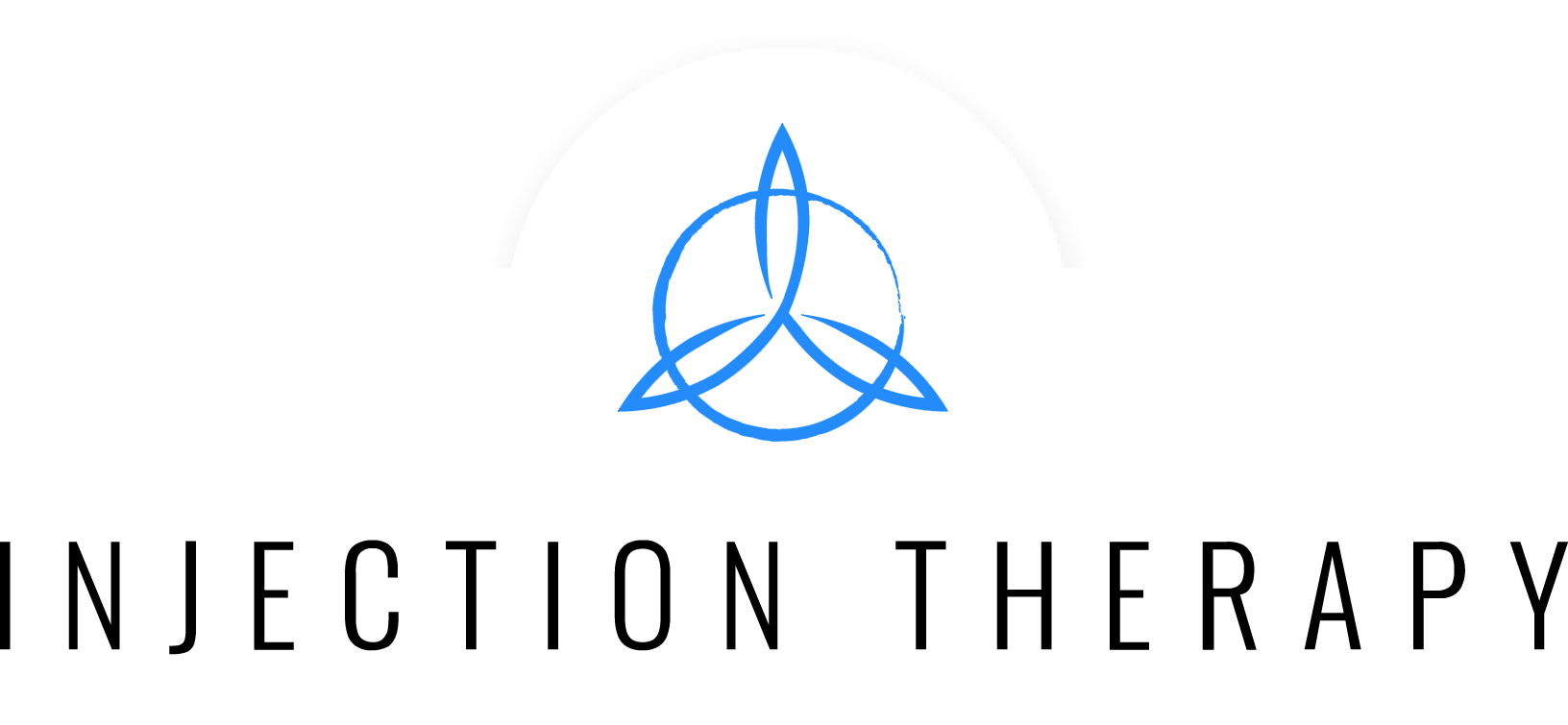What is hyularonic acid?
Hyaluronic acid (or glycosaminoglycans) are molecules that are distributed through out the body’s connective, epitheleal, neural and skin tissue. These molecules attract water allowing the body to use them as lubricants and shock absorbers.
As well as promoting lubrication, hyaluronic acid also plays an important role in tissue regeneration and reduction of inflammation.
What can hyaluronic acid be used to treat?
Hyaluronic acid is generally used to help repair injury to articular joint cartilage. It can also be used to treat small areas of chondral defects (cartilage loss) or a more widespread presentation of osteoarthritis. Benefits have also been shown in soft tissue repair such as for chronic tendinopathies.
How is the procedure performed?
The procedure is similar to that of a steroid injection where the Hyaluronic acid is injected directly into the target tissue (e.g. into a joint or along a tendon insertion). The injection is usually performed under ultrasound guidance.
How many injections are required?
Generally speaking treatment will consist of three injections over a three week period. However, there also more potent versions of hyaluronic acid available requiring only one injection. These more potent versions also include a chemical substance called mannitol which helps to stabilise the chains of sodium hyaluronate.
What does the research say?
A 2009 study looked at 606 people who received either steroid or hyaluronic acid injection for knee osteoarthritis. They found that up to 8 weeks following injection, the steroid injection group reported greater benefits. However, after 8 weeks and up to 26 weeks (at which point the study finished), the hyaluronic acid group received the greater benefit (Banner et al. 2009).
A further study compared 1263 participants receiving hyaluronic acid injections to 3318 participants who did not receive these injections. This study followed participants between 2006 and 2012. Results showed that repeated injections of intra-articular (into the joint) hyaluronic acid significantly improved pain as well short walking distance when compared to the group that did not receive these injections (Petrella and Wakeford 2015).
Achilles, patellar and common lateral elbow tendinopathy
Fogli et al. (2017) treated 62 participants with Achilles tendinopathy, lateral elbow tendinopathy and patellar tendinopathy. Treatment involved a cycle of ultrasound guided peritendinous injections – one injection per week for three consecutive weeks. At the end of treatment participants reported significant reduction in pain and ultrasound evaluation showed reduction in tendon thickness and neovascularization (extra blood vessel production). The hyaluronic acid proved to be equally effective regardless of the type of tendon injected. Treatment was also shown to be safe and very well tolerated.


Leave A Comment